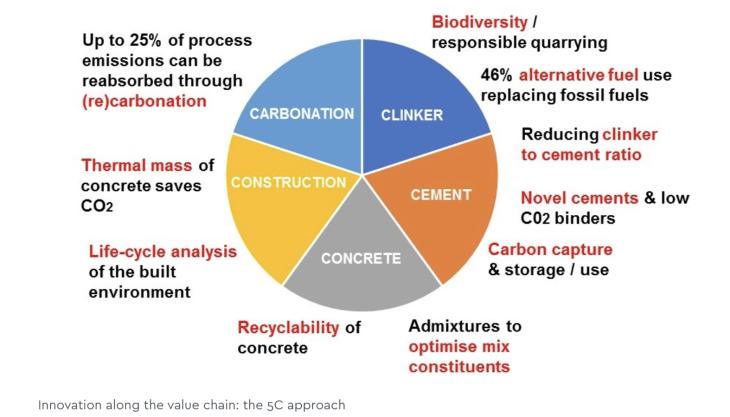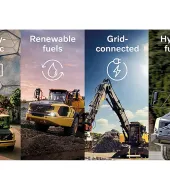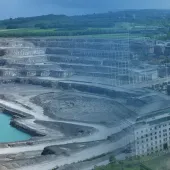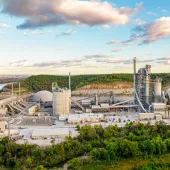
Climate solutions the focus for the cement and concrete industry at COP25 in Madrid
FOUR leading experts today explored the pathway to carbon neutrality in the cement and concrete industry at a side event to COP25 in Madrid. The panel discussion entitled ‘Cement and concrete: the path to carbon neutrality by 2050’ was moderated by Galo Gutierrez, general director of the Spanish Ministry of Industry, Trade and Tourism.
It featured: Koen Coppenholle, chief executive of Cembureau, the European cement association; Claude Lorea, cement director of the Global Cement and Concrete Association (GCCA); Maria José García, executive director of the Inter-American Cement Federation (FICEM); and Victor Hugo García Brosa, president of the Spanish Cement Manufacturers Association (Oficemen).
Commenting on the event, Benjamin Sporton, chief executive of the GCCA, said: ‘The GCCA, its members and affiliates are committed to driving action on sustainability in the cement and concrete industry that supports the global effort to mitigate the extent and impact of climate change. We were pleased to take part in this vital discussion and look forward to exploring further with our partners how we, as an industry, can work towards carbon neutrality.’
Koen Coppenholle, chief executive of Cembureau, said: ‘Cembureau and its members invite governments to engage with our sector on a full value chain approach to decarbonization – as outlined in our 5C campaign – on the crucial role of the cement industry in the circular economy, and on innovation projects that are instrumental to lowering our emissions.’
Víctor García Brosa, president of Oficemen, added: ‘Innovation in the manufacture of novel low-carbon cements and the widespread use of waste-derived fuels are two keys to achieve an immediate reduction in the CO2 emissions of the Spanish cement industry. The replacement rate of fossil fuels by waste-derived fuels in Spain is only 27%, very far from countries such as Austria, Germany or Norway with percentages above 60%.’
Today’s event builds on existing roadmaps to carbon neutrality by several regional cement associations, including Cembureau, whose 5C approach formed the basis for the panel discussion. The 5C framework is structured around the key elements of the cement and concrete value chain: clinker, cement, concrete, construction and the built environment, and (re)carbonation.
Discussion moderator, Galo Gutierrez concluded: ‘Cement and concrete are integral to building a modern, sustainable and resilient society. It was great to be involved in the discussion today and hear about the industry’s commitment to reducing its carbon footprint and supporting global efforts to address the challenge of climate change.’









